Evaluating Fidelity Large Cap Growth Index Fund
Introduction
Fidelity Large Cap Growth Index Fund offers investors exposure to high-growth companies with strong market positioning. Large-cap growth funds are favored for their ability to deliver long-term capital appreciation, making them a key component of diversified portfolios. Fidelity’s approach focuses on tracking the Russell 1000 Growth Index, ensuring broad sector representation while maintaining cost efficiency. Investors seeking growth-oriented strategies benefit from Fidelity’s disciplined methodology, which emphasizes stability and competitive returns.
Fund Composition and Investment Strategy
Fidelity Large Cap Growth Index Fund is designed to track the Russell 1000 Growth Index, providing investors with exposure to high-growth companies across multiple sectors. The fund maintains a diversified portfolio, with significant allocations in technology, healthcare, and consumer discretionary industries. Companies such as Apple AAPL and Microsoft MSFT are commonly included due to their strong earnings growth and market leadership. Stock selection within Fidelity’s large-cap growth index fund follows a passive investment strategy, meaning the fund does not actively pick individual stocks but instead replicates the holdings of the Russell 1000 Growth Index.
This approach minimizes management fees and reduces turnover, making it a cost-effective option for investors seeking exposure to large-cap growth stocks. Passive vs. active management considerations play a crucial role in investment decisions. While actively managed funds aim to outperform the market through strategic stock selection, passive funds like Fidelity Large Cap Growth Index Fund focus on tracking established indices. This passive approach offers lower expense ratios and reduced risk associated with frequent trading.
Sources:
Fidelity Large Cap Growth Index Fund Overview
Morningstar Analysis of Fidelity Large Cap Growth Index Fund
Fidelity Institutional Fund Review
Performance and Historical Trends
Fidelity Large Cap Growth Index Fund has demonstrated strong performance over multiple market cycles, consistently tracking the Russell 1000 Growth Index. The fund provides exposure to high-growth companies, ensuring long-term capital appreciation for investors. Historical data indicates that Fidelity’s large-cap growth strategy has maintained competitive returns, making it a preferred choice for those seeking stability and growth in their portfolios.
A comparison with benchmark indices highlights Fidelity’s ability to align with market trends while maintaining cost efficiency. The fund’s performance closely mirrors the Russell 1000 Growth Index, benefiting from diversified sector allocations and strategic stock selection. Key performance metrics, including annualized returns, volatility measures, and dividend yields, provide insights into Fidelity’s large-cap growth investing approach. The fund’s ability to sustain positive returns during economic fluctuations underscores its resilience. Investors evaluating Fidelity’s strategy should consider historical trends, sector allocations, and macroeconomic influences to optimize portfolio decisions.
Sources:
Yahoo Finance
Fidelity Investments
Morningstar
Risk Factors and Market Volatility
Economic downturns can significantly impact large-cap growth stocks, affecting corporate earnings and investor sentiment. Growth-oriented companies often experience heightened volatility during recessions, as reduced consumer spending and tighter credit conditions influence revenue streams. Fidelity’s Large Cap Growth Index Fund mitigates these risks by maintaining diversified sector exposure, ensuring resilience against economic fluctuations. Investors should monitor macroeconomic indicators to anticipate potential downturns and adjust their portfolios accordingly. Interest rate policies and inflation concerns play a crucial role in shaping large-cap growth stock performance.
The Federal Reserve’s stance on interest rates influences borrowing costs, corporate profitability, and overall market liquidity. Inflationary pressures may lead to higher input costs for large-cap companies, affecting earnings growth and stock valuations. Strategies for mitigating risk in large-cap growth investing include diversification, sector rotation, and defensive stock selection. By maintaining a balanced portfolio across multiple industries, Fidelity reduces exposure to volatility while capitalizing on growth opportunities. The fund’s passive management approach ensures alignment with market trends while minimizing transaction costs.
Expense Ratios and Cost Considerations
Management fees and expense ratios play a crucial role in Fidelity’s Large Cap Growth Index Fund, influencing overall investment costs. The fund maintains a competitive gross expense ratio of 0.035%, ensuring cost efficiency for investors. Compared to actively managed funds, Fidelity’s passive approach minimizes fees while providing exposure to high-growth companies. Tax efficiency and cost-saving strategies help investors maximize returns while minimizing liabilities. Fidelity’s fund structure ensures low turnover, reducing taxable events and capital gains distributions.
Additionally, investors can leverage tax-advantaged accounts, such as IRAs, to optimize tax efficiency. Fidelity optimizes returns while minimizing expenses through diversified portfolio management and sector allocation. By tracking the Russell 1000 Growth Index, the fund maintains exposure to leading large-cap growth stocks without incurring excessive trading costs.
Sources:
Fidelity Large Cap Growth Index Fund - Fidelity Investments
Fidelity Large Cap Growth Idx Fund Stock Price - Morningstar
Fidelity Large Cap Growth Index Fund Overview
Future Outlook and Investment Considerations
Expected trends in large-cap growth stock investing indicate continued emphasis on technology and innovation-driven sectors. Investors are likely to favor companies with strong revenue expansion, particularly in artificial intelligence, cloud computing, and digital finance. Fidelity’s Large Cap Growth Index Fund is expected to align with these trends by maintaining exposure to high-growth industries while ensuring portfolio stability. Emerging market forces are shaping Fidelity’s large-cap growth strategy, influencing fund allocations and investor preferences. Companies adapting to automation, sustainability initiatives, and evolving consumer behaviors are expected to see increased valuations. Additionally, geopolitical developments and regulatory shifts will play a role in shaping investment strategies for large-cap growth stocks.
Economic indicators influencing Fidelity’s portfolio allocations include interest rate policies, inflation trends, and corporate earnings reports. The Federal Reserve’s monetary decisions will impact investor sentiment, affecting stock valuations and sector performance. Large-cap growth stocks with exposure to technology and healthcare may provide stability during economic uncertainty.
Sources:
Fidelity Large Cap Growth Index Fund - Fidelity Investments
Fidelity Large Cap Growth Idx Fund Stock Price - Morningstar
Large Cap Growth Index Fund - Fidelity Investments
Conclusion
Fidelity Large Cap Growth Index Fund offers investors a cost-efficient way to gain exposure to high-growth companies while maintaining portfolio stability. By tracking the Russell 1000 Growth Index, the fund ensures diversified sector representation and long-term capital appreciation. Investors should consider macroeconomic trends, sector shifts, and expense ratios when evaluating this fund for their growth-oriented portfolios.
Expert Analysis: Strategic Insights on Fidelity Large Cap Growth Index Fund
Fidelity’s Large Cap Growth Index Fund provides diversified exposure to high-growth companies, making it a strong option for investors seeking long-term capital appreciation. While passive management ensures cost efficiency, sector concentration may introduce volatility. Investors should assess macroeconomic trends and sector shifts to optimize their allocations within large-cap growth funds.
📌Also Read:
Top Large Cap Stocks- https://stockbossup.com/pages/topics/large-cap
What Are Large US Cap Stocks?- https://stockbossup.com/pages/post/39045/understanding-large-us-cap-stocks-and-their-market-influence
Fidelity U.S. Large Cap Strategy- https://stockbossup.com/pages/post/39137/fidelity-u-s-large-cap-strategy-investment-approach-benefits-and-market-outlook
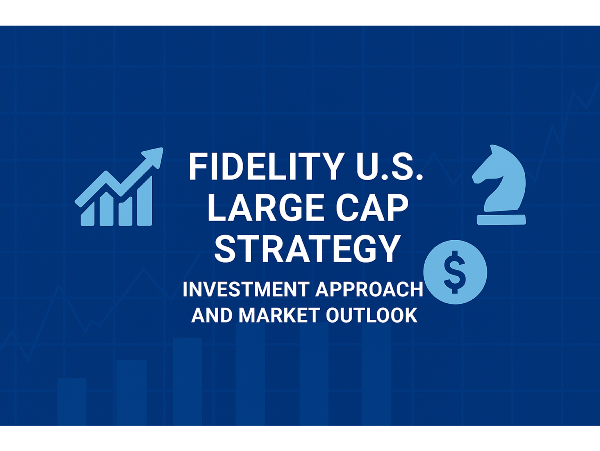



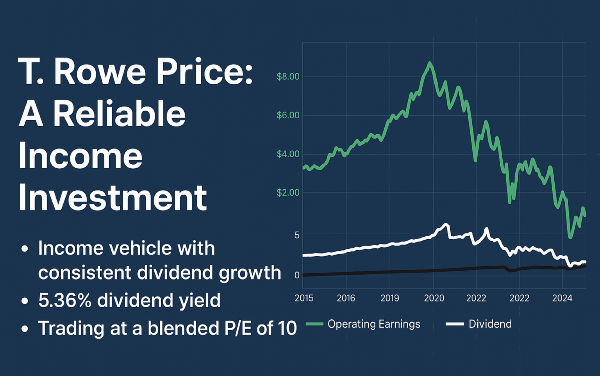
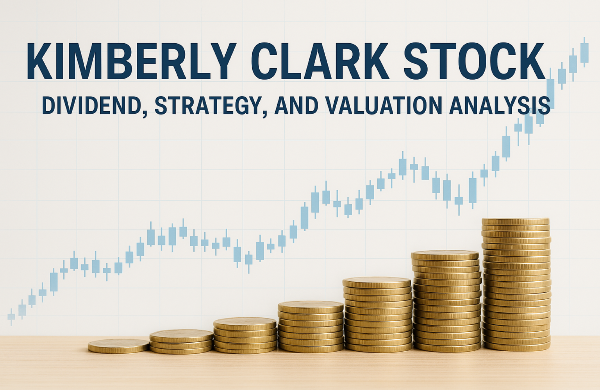




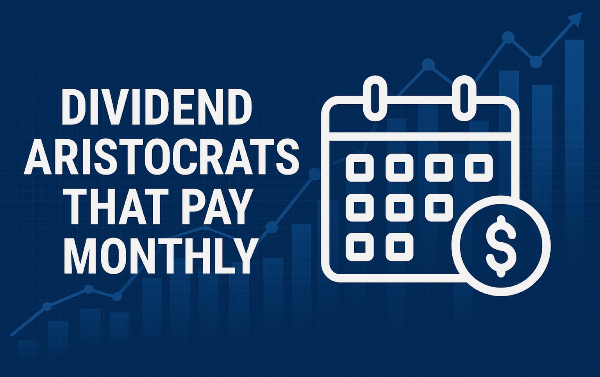

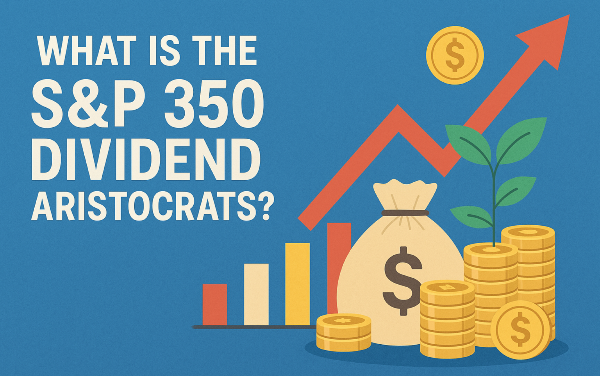





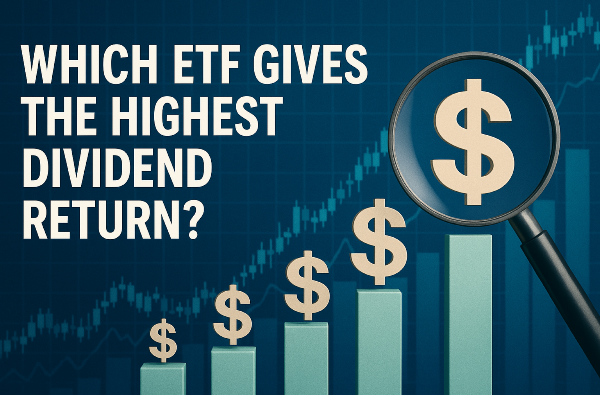


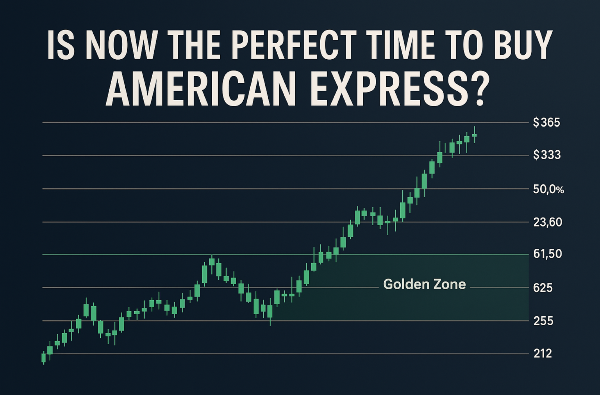








Evaluating Fidelity Large Cap Growth Index Fund
Introduction
Fidelity Large Cap Growth Index Fund offers investors exposure to high-growth companies with strong market positioning. Large-cap growth funds are favored for their ability to deliver long-term capital appreciation, making them a key component of diversified portfolios. Fidelity’s approach focuses on tracking the Russell 1000 Growth Index, ensuring broad sector representation while maintaining cost efficiency. Investors seeking growth-oriented strategies benefit from Fidelity’s disciplined methodology, which emphasizes stability and competitive returns.
Fund Composition and Investment Strategy
Fidelity Large Cap Growth Index Fund is designed to track the Russell 1000 Growth Index, providing investors with exposure to high-growth companies across multiple sectors. The fund maintains a diversified portfolio, with significant allocations in technology, healthcare, and consumer discretionary industries. Companies such as Apple AAPL and Microsoft MSFT are commonly included due to their strong earnings growth and market leadership. Stock selection within Fidelity’s large-cap growth index fund follows a passive investment strategy, meaning the fund does not actively pick individual stocks but instead replicates the holdings of the Russell 1000 Growth Index.
This approach minimizes management fees and reduces turnover, making it a cost-effective option for investors seeking exposure to large-cap growth stocks. Passive vs. active management considerations play a crucial role in investment decisions. While actively managed funds aim to outperform the market through strategic stock selection, passive funds like Fidelity Large Cap Growth Index Fund focus on tracking established indices. This passive approach offers lower expense ratios and reduced risk associated with frequent trading.
Sources:
Fidelity Large Cap Growth Index Fund Overview
Morningstar Analysis of Fidelity Large Cap Growth Index Fund
Fidelity Institutional Fund Review
Performance and Historical Trends
Fidelity Large Cap Growth Index Fund has demonstrated strong performance over multiple market cycles, consistently tracking the Russell 1000 Growth Index. The fund provides exposure to high-growth companies, ensuring long-term capital appreciation for investors. Historical data indicates that Fidelity’s large-cap growth strategy has maintained competitive returns, making it a preferred choice for those seeking stability and growth in their portfolios.
A comparison with benchmark indices highlights Fidelity’s ability to align with market trends while maintaining cost efficiency. The fund’s performance closely mirrors the Russell 1000 Growth Index, benefiting from diversified sector allocations and strategic stock selection. Key performance metrics, including annualized returns, volatility measures, and dividend yields, provide insights into Fidelity’s large-cap growth investing approach. The fund’s ability to sustain positive returns during economic fluctuations underscores its resilience. Investors evaluating Fidelity’s strategy should consider historical trends, sector allocations, and macroeconomic influences to optimize portfolio decisions.
Sources:
Yahoo Finance
Fidelity Investments
Morningstar
Risk Factors and Market Volatility
Economic downturns can significantly impact large-cap growth stocks, affecting corporate earnings and investor sentiment. Growth-oriented companies often experience heightened volatility during recessions, as reduced consumer spending and tighter credit conditions influence revenue streams. Fidelity’s Large Cap Growth Index Fund mitigates these risks by maintaining diversified sector exposure, ensuring resilience against economic fluctuations. Investors should monitor macroeconomic indicators to anticipate potential downturns and adjust their portfolios accordingly. Interest rate policies and inflation concerns play a crucial role in shaping large-cap growth stock performance.
The Federal Reserve’s stance on interest rates influences borrowing costs, corporate profitability, and overall market liquidity. Inflationary pressures may lead to higher input costs for large-cap companies, affecting earnings growth and stock valuations. Strategies for mitigating risk in large-cap growth investing include diversification, sector rotation, and defensive stock selection. By maintaining a balanced portfolio across multiple industries, Fidelity reduces exposure to volatility while capitalizing on growth opportunities. The fund’s passive management approach ensures alignment with market trends while minimizing transaction costs.
Expense Ratios and Cost Considerations
Management fees and expense ratios play a crucial role in Fidelity’s Large Cap Growth Index Fund, influencing overall investment costs. The fund maintains a competitive gross expense ratio of 0.035%, ensuring cost efficiency for investors. Compared to actively managed funds, Fidelity’s passive approach minimizes fees while providing exposure to high-growth companies. Tax efficiency and cost-saving strategies help investors maximize returns while minimizing liabilities. Fidelity’s fund structure ensures low turnover, reducing taxable events and capital gains distributions.
Additionally, investors can leverage tax-advantaged accounts, such as IRAs, to optimize tax efficiency. Fidelity optimizes returns while minimizing expenses through diversified portfolio management and sector allocation. By tracking the Russell 1000 Growth Index, the fund maintains exposure to leading large-cap growth stocks without incurring excessive trading costs.
Sources:
Fidelity Large Cap Growth Index Fund - Fidelity Investments
Fidelity Large Cap Growth Idx Fund Stock Price - Morningstar
Fidelity Large Cap Growth Index Fund Overview
Future Outlook and Investment Considerations
Expected trends in large-cap growth stock investing indicate continued emphasis on technology and innovation-driven sectors. Investors are likely to favor companies with strong revenue expansion, particularly in artificial intelligence, cloud computing, and digital finance. Fidelity’s Large Cap Growth Index Fund is expected to align with these trends by maintaining exposure to high-growth industries while ensuring portfolio stability. Emerging market forces are shaping Fidelity’s large-cap growth strategy, influencing fund allocations and investor preferences. Companies adapting to automation, sustainability initiatives, and evolving consumer behaviors are expected to see increased valuations. Additionally, geopolitical developments and regulatory shifts will play a role in shaping investment strategies for large-cap growth stocks.
Economic indicators influencing Fidelity’s portfolio allocations include interest rate policies, inflation trends, and corporate earnings reports. The Federal Reserve’s monetary decisions will impact investor sentiment, affecting stock valuations and sector performance. Large-cap growth stocks with exposure to technology and healthcare may provide stability during economic uncertainty.
Sources:
Fidelity Large Cap Growth Index Fund - Fidelity Investments
Fidelity Large Cap Growth Idx Fund Stock Price - Morningstar
Large Cap Growth Index Fund - Fidelity Investments
Conclusion
Fidelity Large Cap Growth Index Fund offers investors a cost-efficient way to gain exposure to high-growth companies while maintaining portfolio stability. By tracking the Russell 1000 Growth Index, the fund ensures diversified sector representation and long-term capital appreciation. Investors should consider macroeconomic trends, sector shifts, and expense ratios when evaluating this fund for their growth-oriented portfolios.
Expert Analysis: Strategic Insights on Fidelity Large Cap Growth Index Fund
Fidelity’s Large Cap Growth Index Fund provides diversified exposure to high-growth companies, making it a strong option for investors seeking long-term capital appreciation. While passive management ensures cost efficiency, sector concentration may introduce volatility. Investors should assess macroeconomic trends and sector shifts to optimize their allocations within large-cap growth funds.
📌Also Read:
Top Large Cap Stocks- https://stockbossup.com/pages/topics/large-cap
What Are Large US Cap Stocks?- https://stockbossup.com/pages/post/39045/understanding-large-us-cap-stocks-and-their-market-influence
Fidelity U.S. Large Cap Strategy- https://stockbossup.com/pages/post/39137/fidelity-u-s-large-cap-strategy-investment-approach-benefits-and-market-outlook